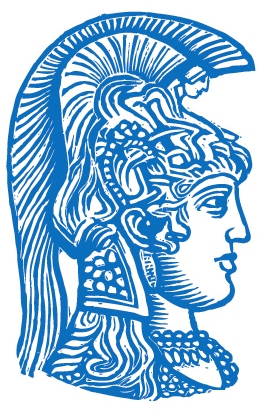 National and Kapodistrian University of Athens
Department of Biology
Biophysics & Bioinformatics Laboratory
National and Kapodistrian University of Athens
Department of Biology
Biophysics & Bioinformatics Laboratory
Protein Information |
|
|---|---|
| Protein Name | Non-structural protein 2A |
| Accession Code | P29165 |
| Gene | POLG |
| Organism | Yellow fever virus 1899/81 (Taxonomy: 31641) |
| Part of Reference Proteome? | No |
| Sequence (Length: 1163) |
Description |
Position in the Nuclear Envelope |
|
|---|---|---|
| Location | Location ID | Description |
| Host Perinuclear Region | SL-0382 | The host perinuclear region is the host cytoplasmic region just around the host nucleus. Note: This location is defined for viral proteins that appear in the perinuclear region of infected host cells | Membrane Topology |
| Topology | Source | Annotation Type |
| Transmembrane | UniProt | Sequence Analysis {ECO:0000255} | Assigned Ontology terms |
Description |
|
|---|---|
| [Capsid protein C]: Plays a role in virus budding by binding to the cell membrane and gathering the viral RNA into a nucleocapsid that forms the core of a mature virus particle. During virus entry, may induce genome penetration into the host cytoplasm after hemifusion induced by the surface proteins. Can migrate to the cell nucleus where it modulates host functions. {By SimilarityUniProtKB:P17763}. [Capsid protein C]: Inhibits RNA silencing by interfering with host Dicer. {By SimilarityUniProtKB:P03314}. [Peptide pr]: Prevents premature fusion activity of envelope proteins in trans-Golgi by binding to envelope protein E at pH6.0. After virion release in extracellular space, gets dissociated from E dimers. {By SimilarityUniProtKB:P17763}. [Protein prM]: Acts as a chaperone for envelope protein E during intracellular virion assembly by masking and inactivating envelope protein E fusion peptide. prM is the only viral peptide matured by host furin in the trans-Golgi network probably to avoid catastrophic activation of the viral fusion activity in acidic Golgi compartment prior to virion release. prM-E cleavage is inefficient, and many virions are only partially matured. These uncleaved prM would play a role in immune evasion. {By SimilarityUniProtKB:P17763}. [Small envelope protein M]: May play a role in virus budding. Exerts cytotoxic effects by activating a mitochondrial apoptotic pathway through M ectodomain. May display a viroporin activity. {By SimilarityUniProtKB:P17763}. [Envelope protein E]: Binds to host cell surface receptor and mediates fusion between viral and cellular membranes. Envelope protein is synthesized in the endoplasmic reticulum in the form of heterodimer with protein prM. They play a role in virion budding in the ER, and the newly formed immature particle is covered with 60 spikes composed of heterodimer between precursor prM and envelope protein E. The virion is transported to the Golgi apparatus where the low pH causes dissociation of PrM-E heterodimers and formation of E homodimers. prM-E cleavage is inefficient, and many virions are only partially matured. These uncleaved prM would play a role in immune evasion. {By SimilarityUniProtKB:P17763}. [Non-structural protein 1]: Involved in immune evasion, pathogenesis and viral replication. Once cleaved off the polyprotein, is targeted to three destinations: the viral replication cycle, the plasma membrane and the extracellular compartment. Essential for viral replication. Required for formation of the replication complex and recruitment of other non-structural proteins to the ER-derived membrane structures. Excreted as a hexameric lipoparticle that plays a role against host immune response. Antagonizing the complement function. Binds to the host macrophages and dendritic cells. Inhibits signal transduction originating from Toll-like receptor 3 (TLR3). {ECO:0000250|UniProtKB:Q9Q6P4}. [Non-structural protein 2A]: Component of the viral RNA replication complex that functions in virion assembly and antagonizes the host immune response. {By SimilarityUniProtKB:P17763}. | Assigned Ontology terms |